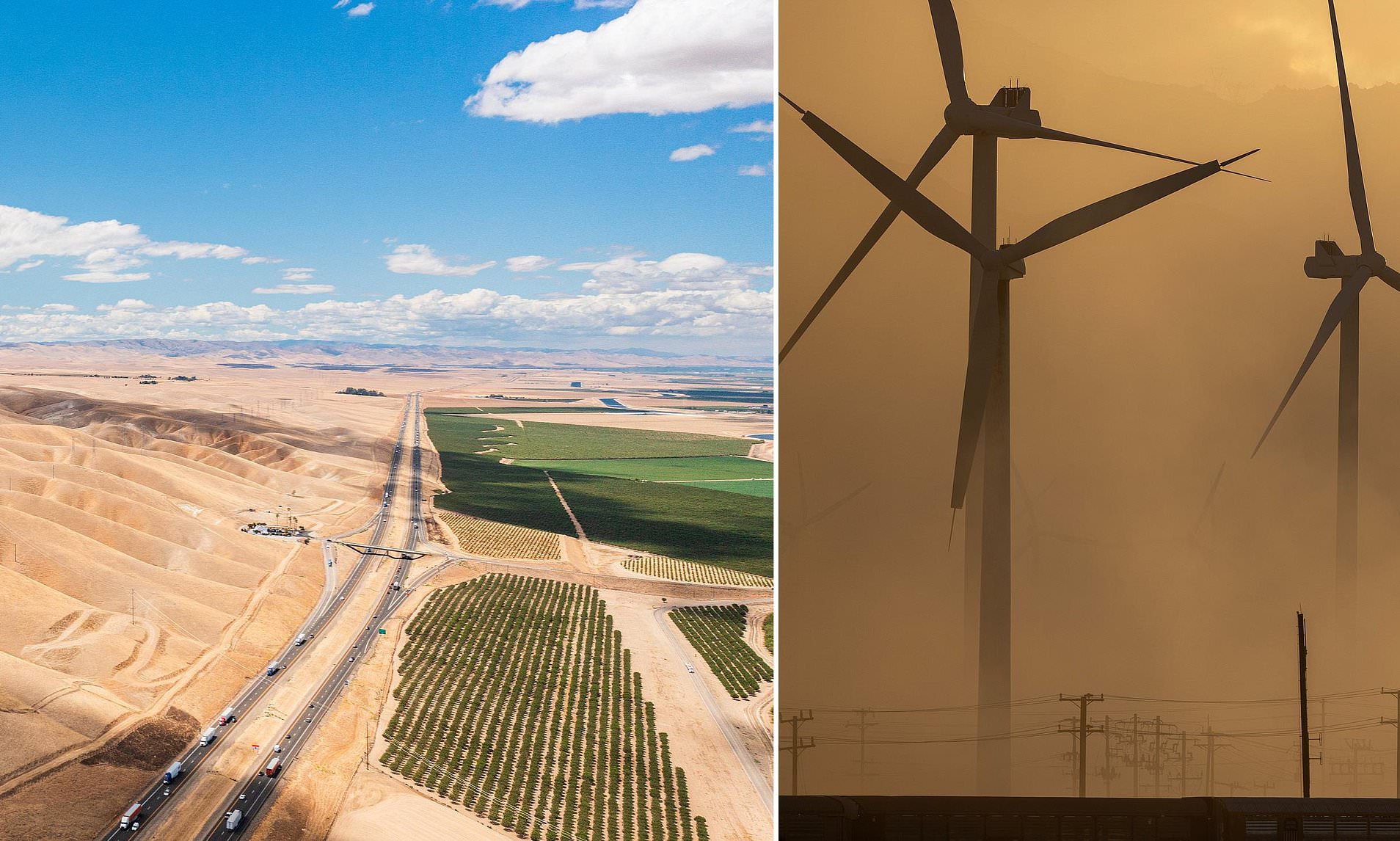One of America’s most fertile agricultural regions is grappling with an unseen danger that could endanger both the well-being of the community members and the long-term viability of the area.
California
The Central Valley and its adjacent arid regions produce one-third of the nation’s crops and drive a multibillion-dollar economy.
However, researchers indicate that the area is currently facing an increasing threat from dust storms exacerbated by
climate change
, unregulated development, and extensive tracts of fallow agricultural land.
A significant study released in Communications Earth and Environment in April revealed that out of all dust storms occurring from 2008 to 2022, 88 percent were attributed to anthropogenic dust events—dust storms triggered by human activities—which were mostly associated with abandoned agricultural land.
As millions of additional acres are anticipated to remain fallow by 2040, experts caution that the predicament is far from over.
” Dust storms pose significant issues, particularly in the Central Valley, yet they haven’t received adequate focus,” stated Professor Adeyemi Adebiyi of UC Merced back in May 2025.
university report
.
This occurrence is affecting five key areas: the San Joaquin Valley, Salton Trough, Sonora Desert, Mojave Desert, and the Owens-Mono Lake region — an area inhabited by approximately 5 million people in California.
Specialists from UC Dust, a collaborative university project addressing this concern, warn that damaged land and dust production create a perilously cyclical effect.
“The relationship between dust emissions and landscape degradation operates bidirectionally, exacerbating each other and resulting in possibly permanent changes to the dryland ecosystems of California,” the team stated in their most recent report.
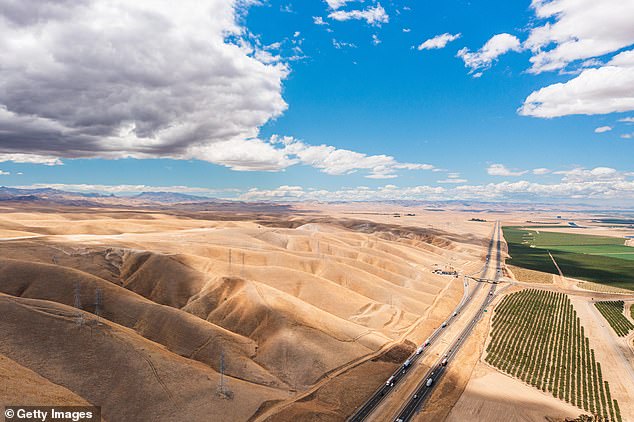
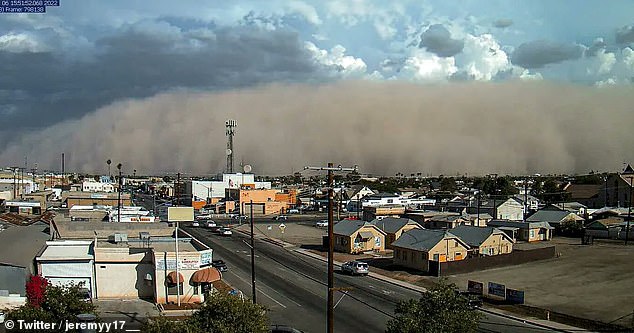
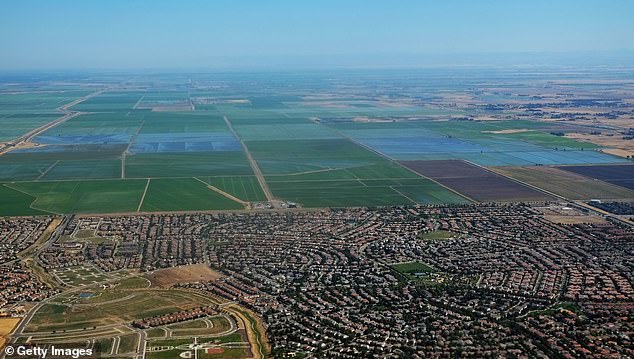
Dust has long been an integral part of life in inland California, however, human activities are exacerbating this issue, making dust events both more common and riskier.
The storms have already led to significant disruptions, including severe health effects as well as fatal accidents.
In 1991, a massive dust storm triggered a chain reaction involving 164 vehicles near San Joaquin Valley, resulting in the tragic deaths of 17 individuals.
In 1977, winds reaching up to nearly 200 mph in Kern County sparked a devastating storm that resulted in five fatalities and $34 million worth of damage, as reported by KVPR-FM.
Currently, numerous storms are of such magnitude that they can be observed from outer space.
A major worry is Valley fever—an infection with potential fatality that arises from fungal spores residing in the ground and becoming airborne during dust storms.
The illness causes symptoms like coughing, chest pain, and shortness of breath.
The numbers are increasing rapidly: California reported 12,637 cases in 2024, marking the highest count ever recorded.
The initial four months of 2025 have already exceeded the corresponding period from the previous year.
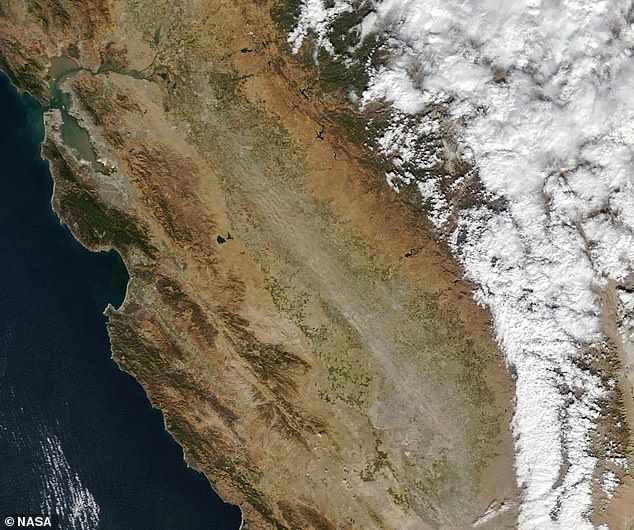
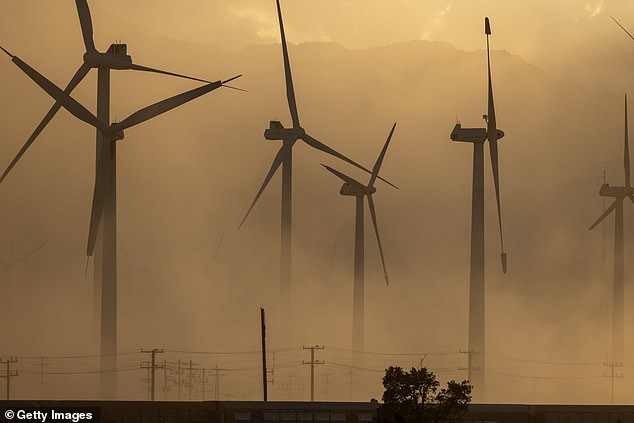
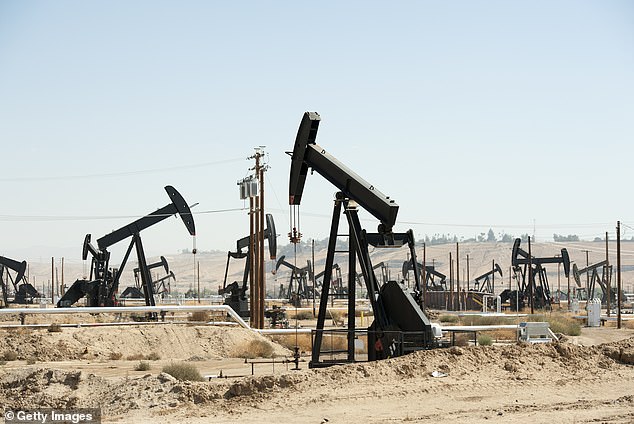
A study published in Nature, as referenced in the new report, revealed that Valley Fever cases surged by 800 percent in the state from 2000 to 2018.
Katrina Hoyer, an immunology professor at UC Merced, stated that the risk of valley fever rises with the increase in dust.
Central California – which houses a significant portion of the state’s fallow land – is now regarded as a hot spot for the disease.
And while some dust control efforts are in place, they’ve been limited and costly, according to UC Dust.
The future of dust in California remains unclear,” Adebiyi stated. “However, our report indicates that dust storms are expected to become more frequent.
Read more

